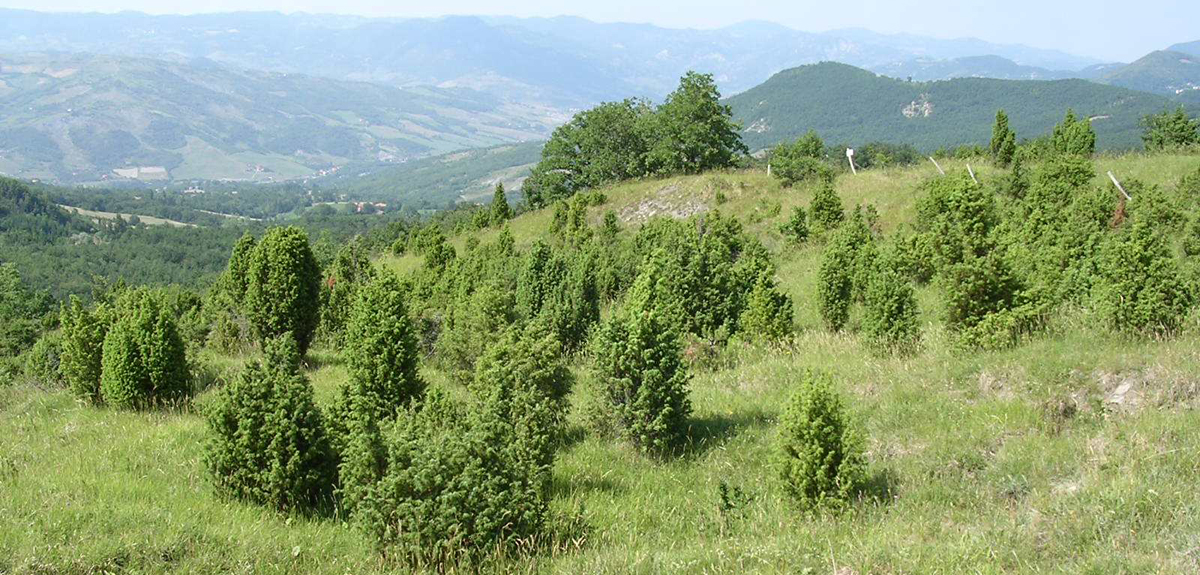
In the same year in which the world biodiversity conference was held in Rio de Janeiro (1992), the European Union passed the Habitats Directive (92/43/EEC), on the conservation of natural and semi-natural habitats and of wild flora and fauna. The direct consequence of this directive has been the creation of a coordinated and coherent system of areas for the conservation of the biological diversity within the EU, and in particular the protection of habitats and of the animal and plant species listed in Annexes I and II thereof, titled Natura 2000: a European ecological network consisting of "Sites of Community Importance" (SCI), which at the end of the establishing procedures will become "Special Areas of Conservation" (“Zone Speciali di Conservazione” - ZSC), and "Special Protection Areas" ("Zone di Protezione Speciali" - ZPS). The latter are identified by Directive 79/409/EEC, or Bird Directive, concerning the conservation of wild birds. To be precise, this directive applies to birds, eggs, nests and habitats, aiming to protect, manage, and regulate these species and also to regulate their exploitation. We can think of Natura 2000 as a challenge that Europe has decided to take to preserve the nature of the continent for future generations, recognizing the need to link this objective to the socio-economic and cultural needs of the populations living within the areas that are part of the Web. In other words, we want to link conservation to human presence. Biodiversity protection must be seen as a key component of sustainable development.
The Natura 2000 Network of the National Park
The National Park of the Casentino Forests is part of this ecological network. The entire territory of the Park is affected by the presence of Natura 2000 sites: a total of 12 SIC and ZPS, some of which extend beyond the boundaries of the protected area. To these we must add two other sites that border on the Romagna side of the Park: the SIC "Rami del Bidente, Monte Marino" and "Monte Zuccherodante".
» Discover the Natura 2000 sites of the Park












 Integra Solutions
Integra Solutions